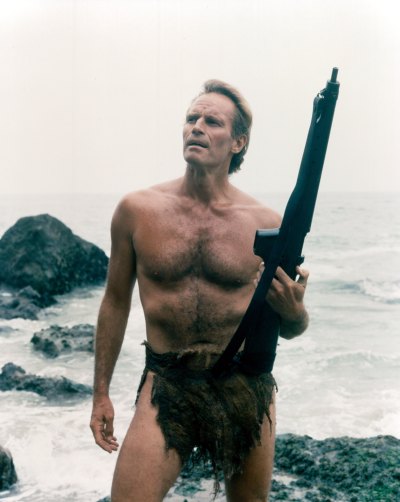When producer Arthur Jacobs approached Charlton Heston to star in a new sci-fi film about an astronaut who crashes on a planet ruled by talking apes, the legendary actor didn’t hesitate. Heston was intrigued by the idea of a world where intelligent apes ruled the roost. "I was fascinated by the concept of talking monkeys and an entirely different civilization," Heston once said about his decision to join the 1968 blockbuster, "Planet of the Apes." This wasn’t just any sci-fi flick; it was a bold vision that pushed the boundaries of storytelling and special effects.
The project faced initial skepticism from studios, but thanks to the persistence of producer Richard D. Zanuck and Jacobs, 20th Century Fox eventually took a chance. And boy, did it pay off! Thomas R. Burman, a makeup technician on the film, recalls the movie's massive success. "It became one of their biggest hits, second only to 'The Sound of Music!'" he exclaimed in an interview with Closer. A true testament to the film's groundbreaking impact.

Read also:Michael Caine Opens Up About His Incredible Hollywood Journey
The legacy of "Planet of the Apes" is undeniable. It inspired four sequels, a TV series, and a 2001 reboot that reinvigorated the franchise. Andy Serkis, who brought the iconic chimp Caesar to life in the newer films, attributes the original movie's lasting impact to its prophetic and truthful nature. "It’s such an incredible metaphor for the human condition," Serkis said. Let’s take a closer look at the classic film that had Hollywood and audiences buzzing for decades.
The Sets: Building a World Unlike Any Other
Creating a believable world for the apes to inhabit was no small feat. Art director William J. Creber drew inspiration from the unique landscapes of Cappadocia, Turkey, where ancient cone-shaped rock formations dominate the terrain. "We needed something completely alien, something that didn’t resemble Earth in any way," Creber explained to Closer. This decision played a crucial role in making the film's setting feel truly otherworldly.
One of the most iconic moments in the film is the final shot, where the camera pulls back to reveal the remnants of the Statue of Liberty. This shocking twist was the brainchild of director Franklin Schaffner and Creber. During a casual drink, Creber sketched out the idea on a bar napkin. "That was the ending of the picture, and it all came from the little storyboard on the back of the napkin!" Creber recalled with a chuckle. This simple sketch became one of the most memorable scenes in cinematic history.



